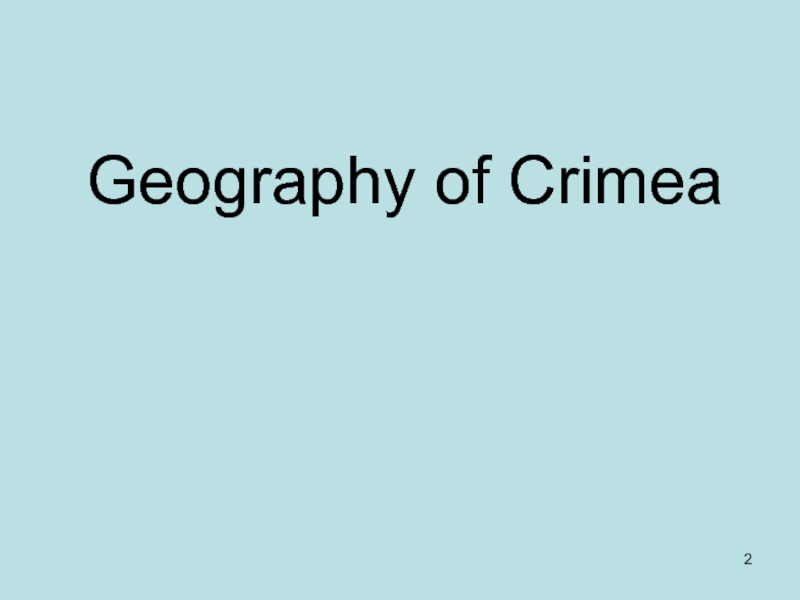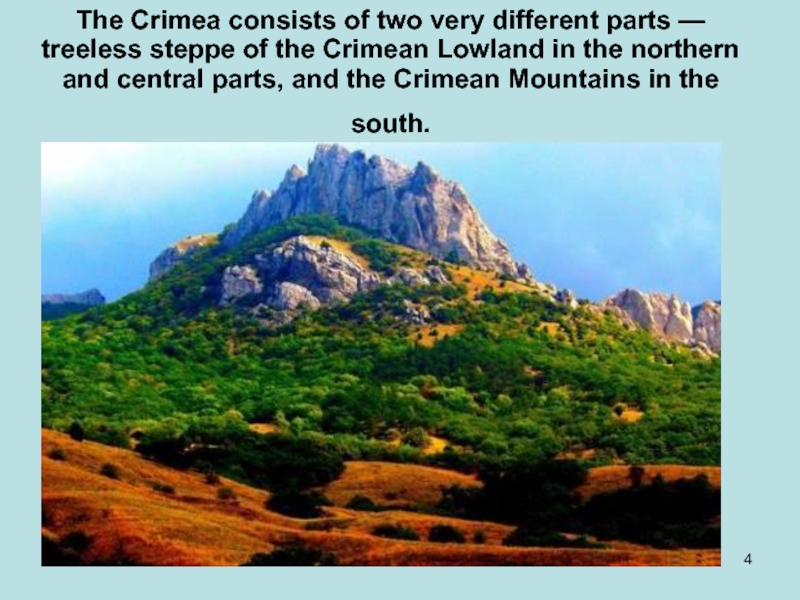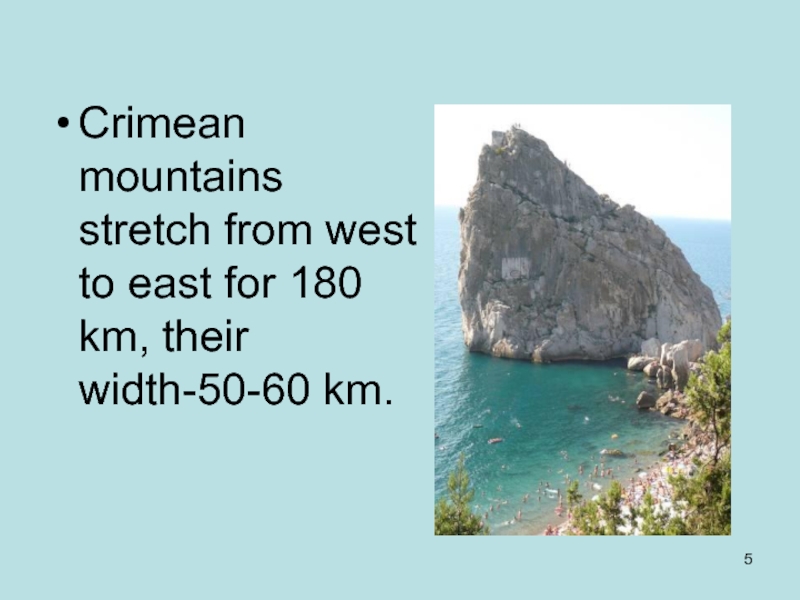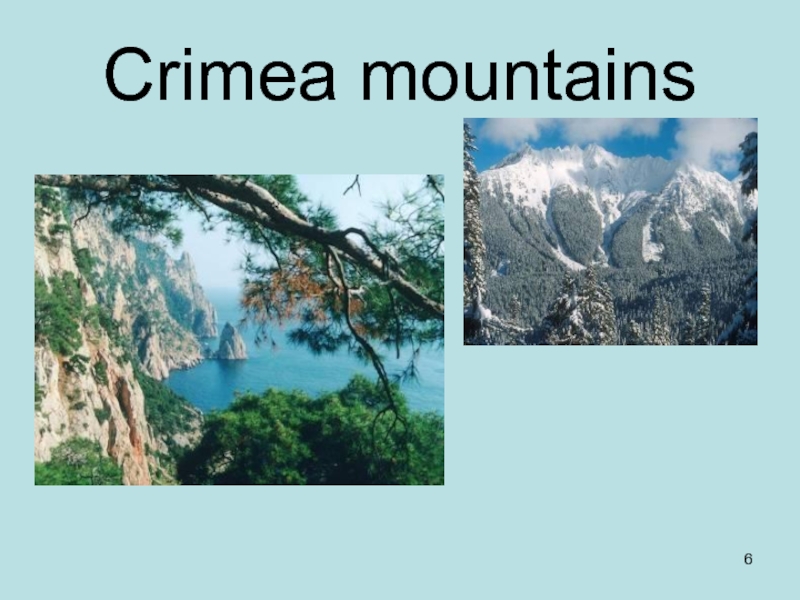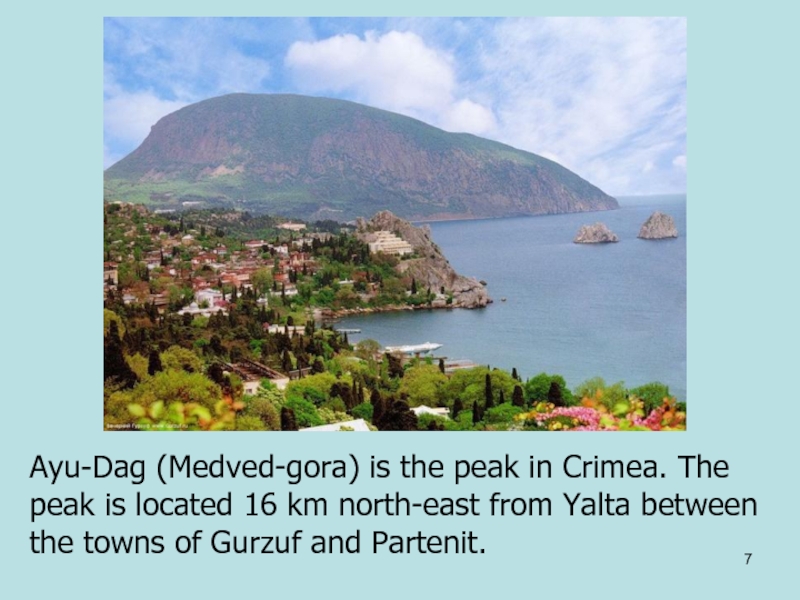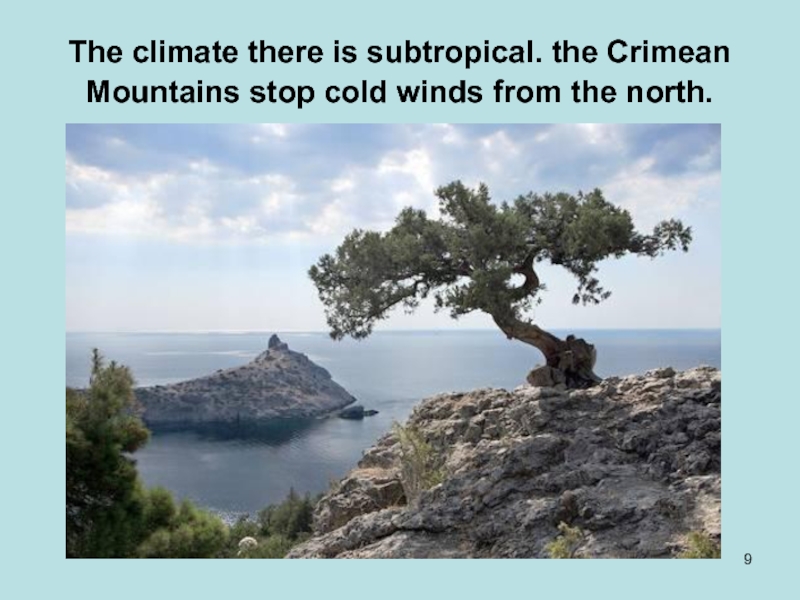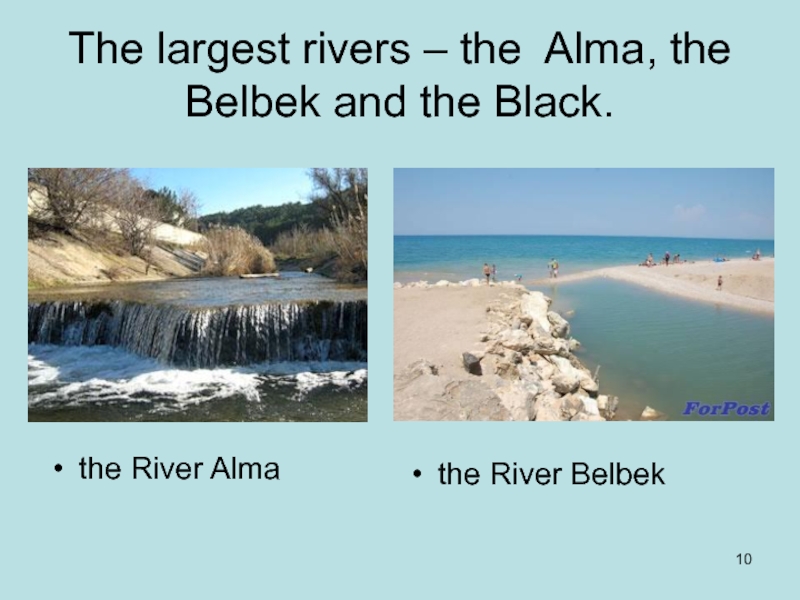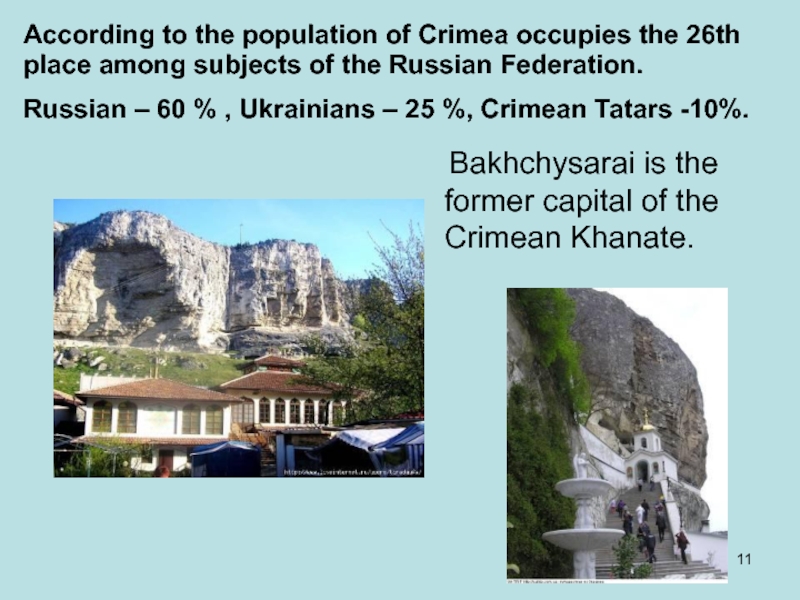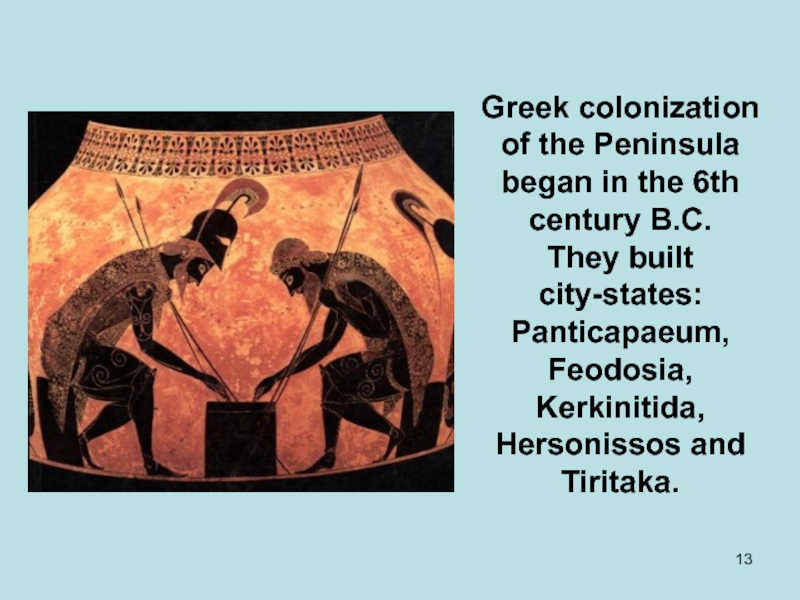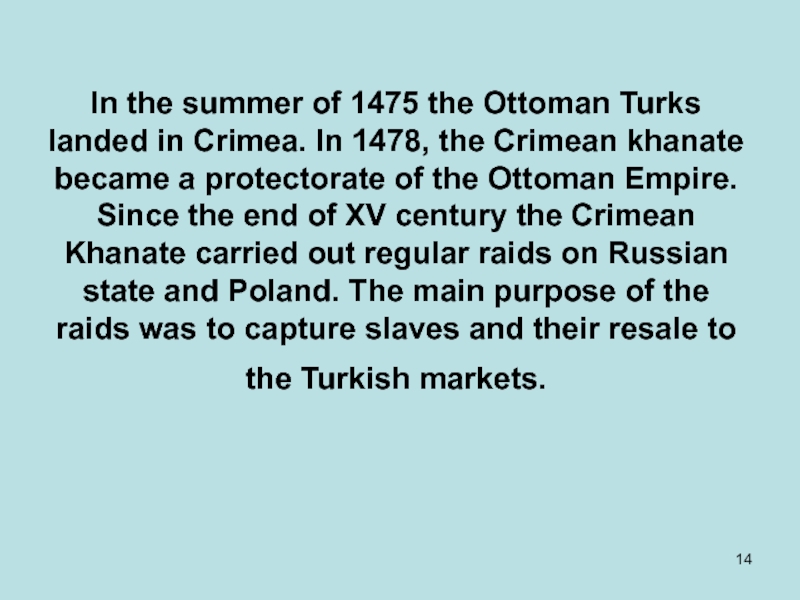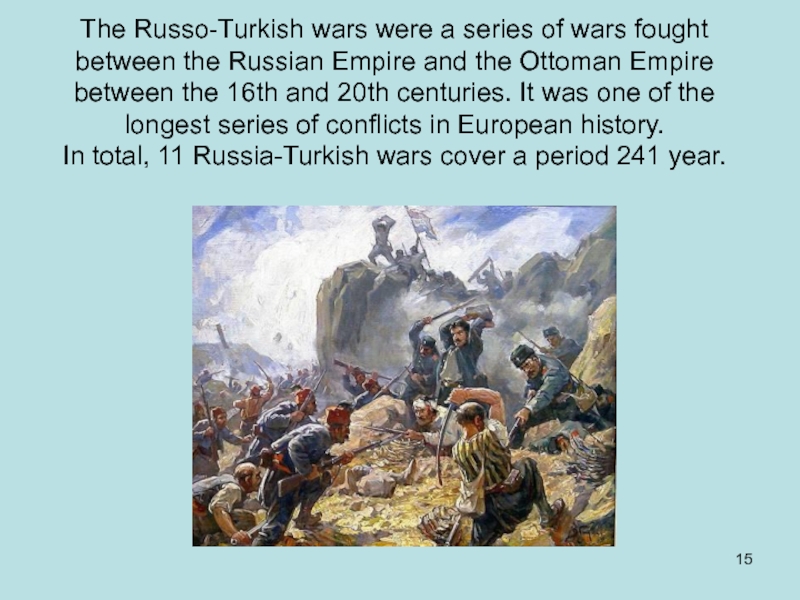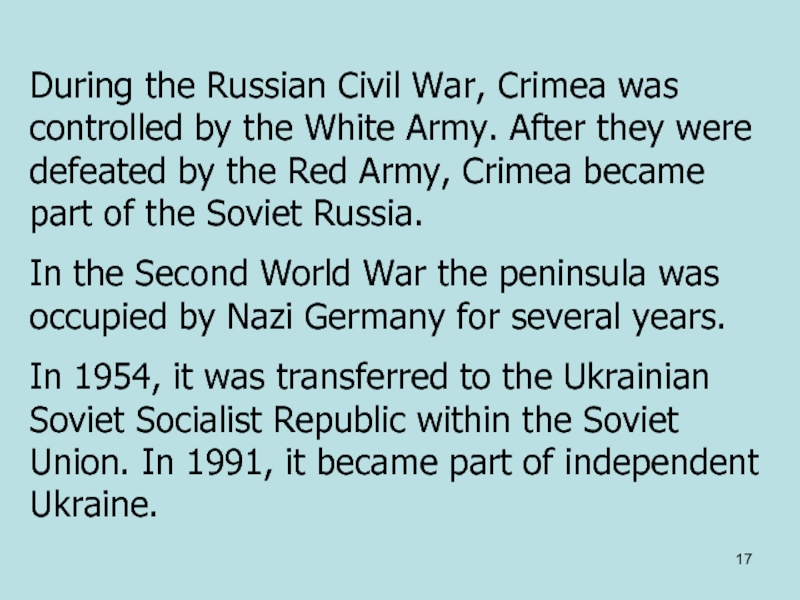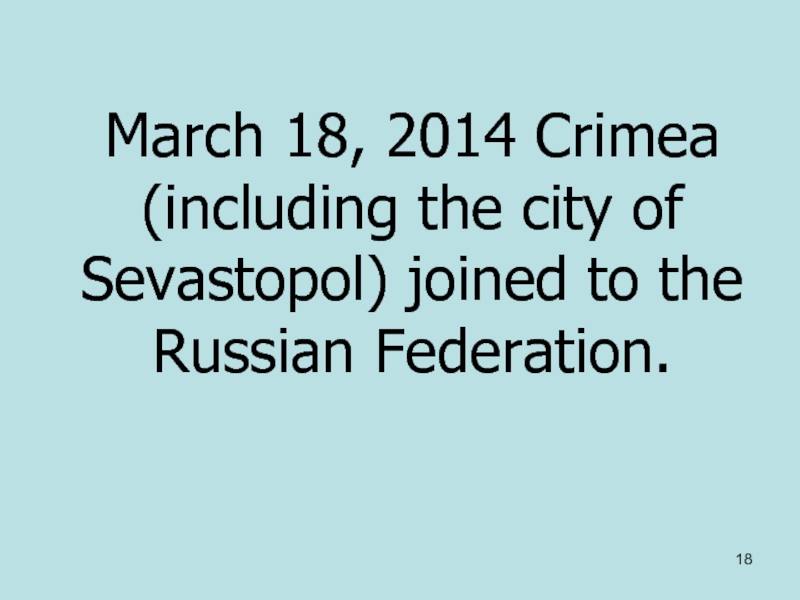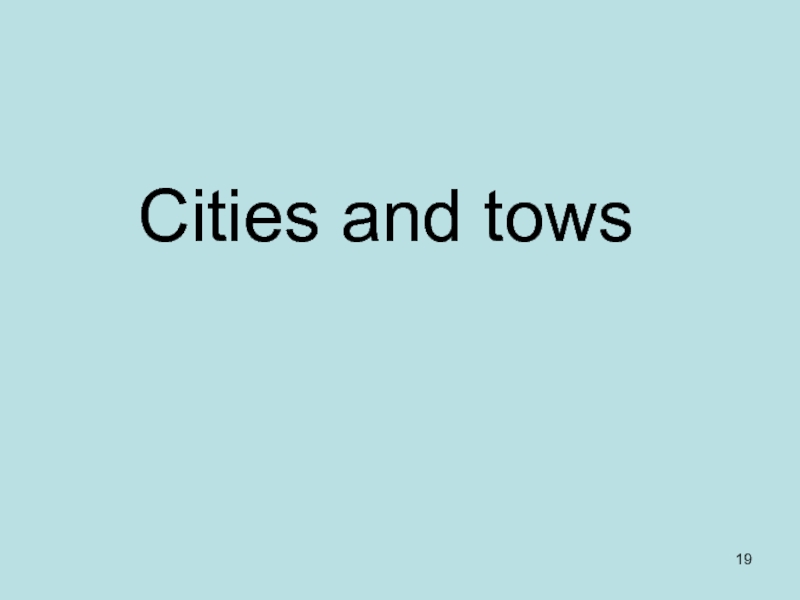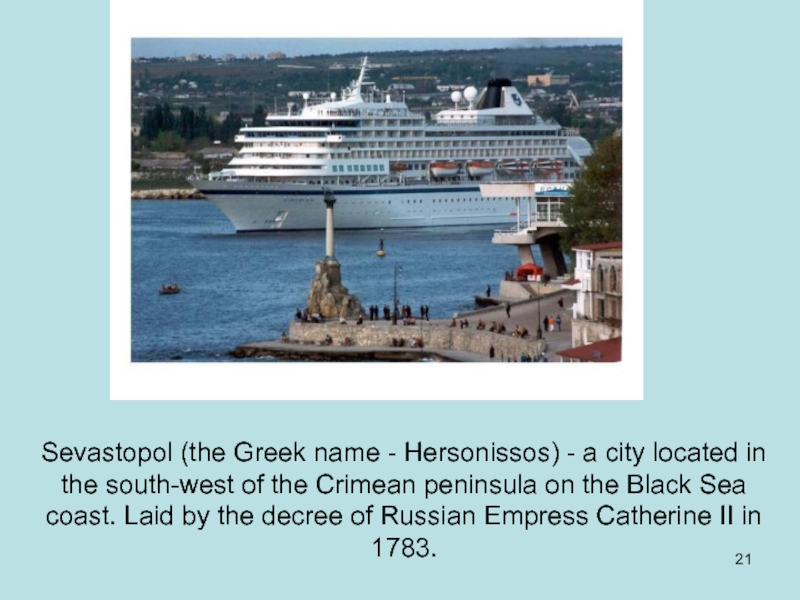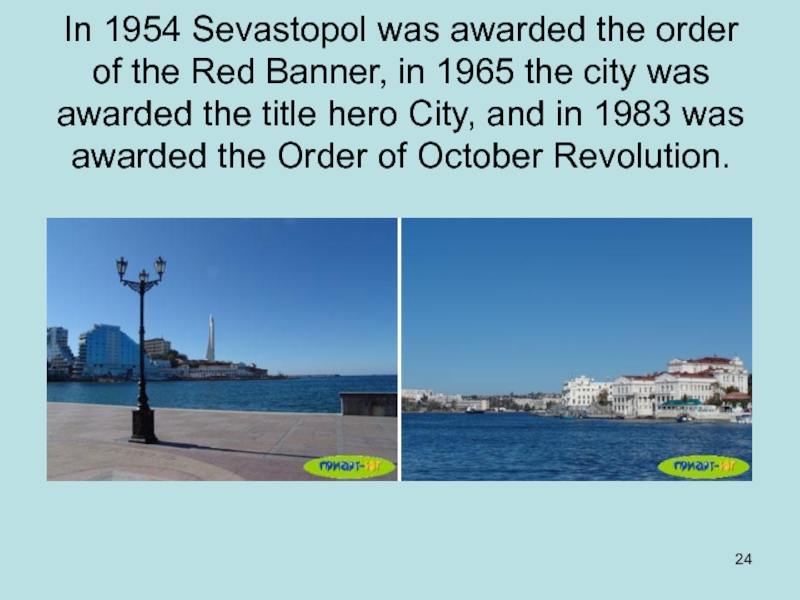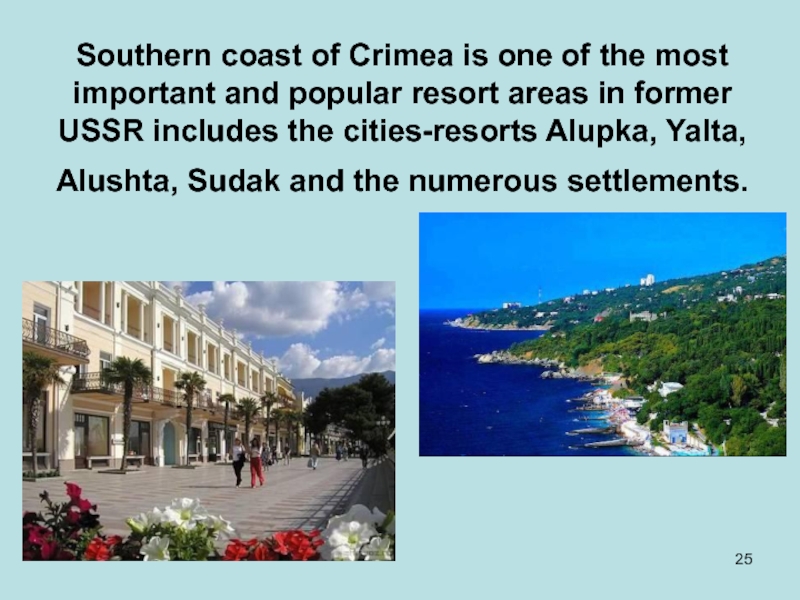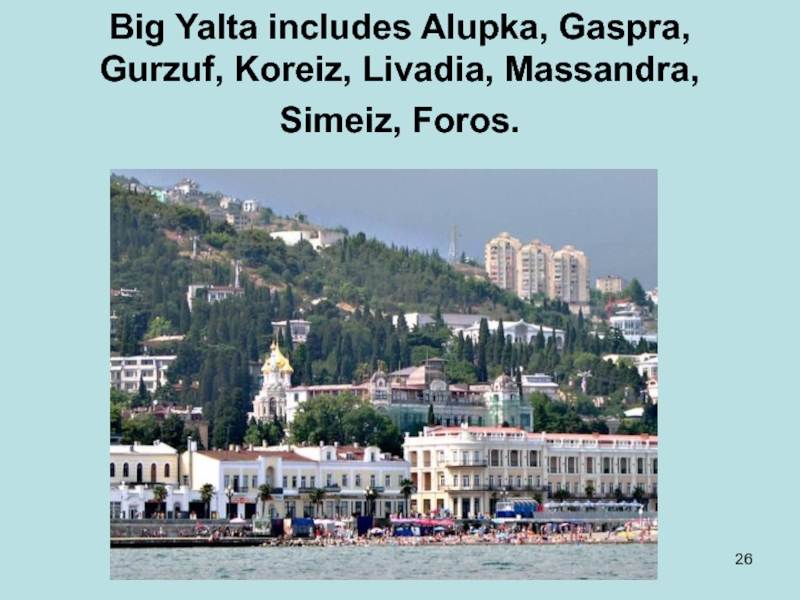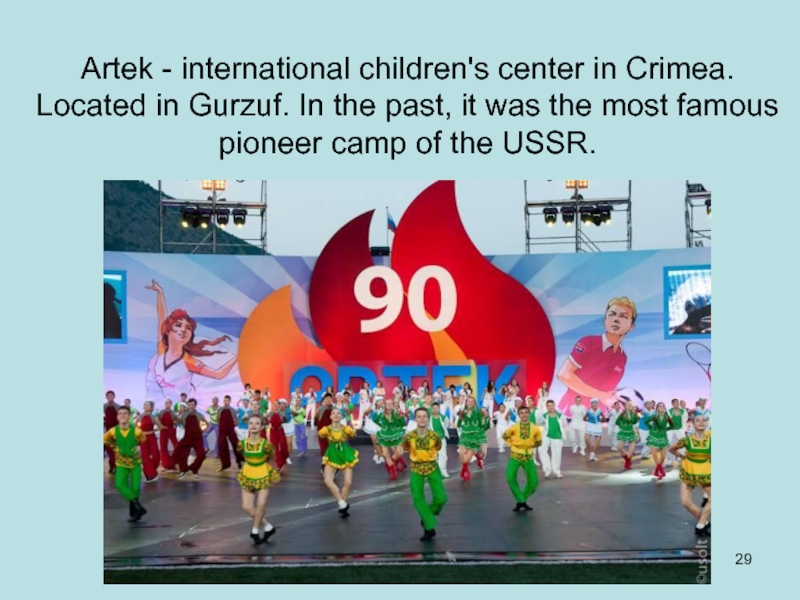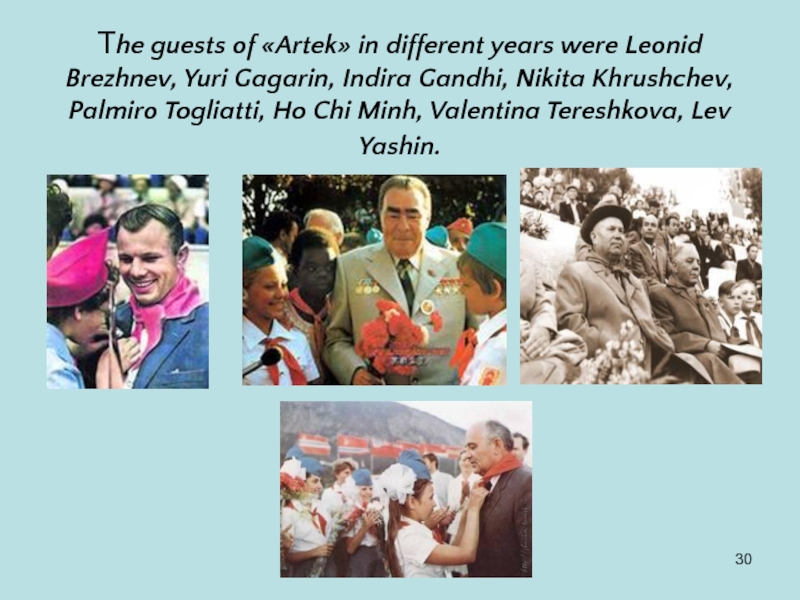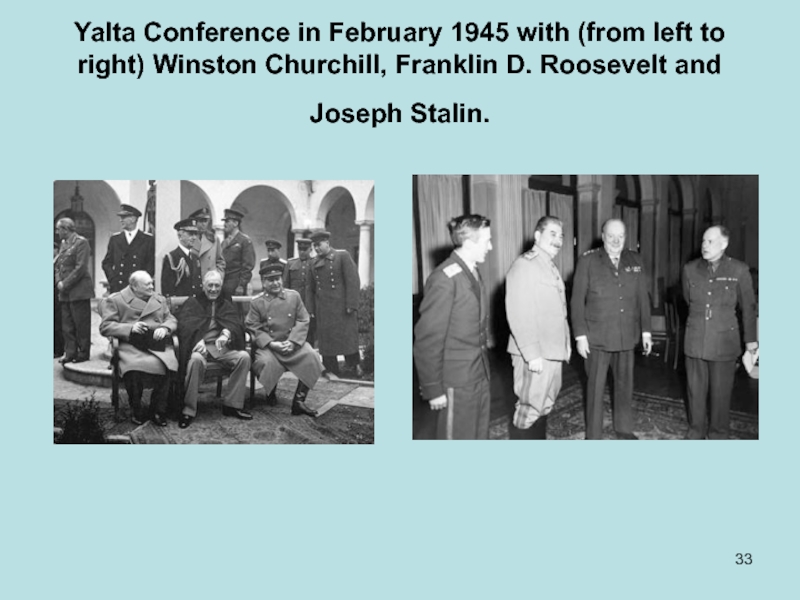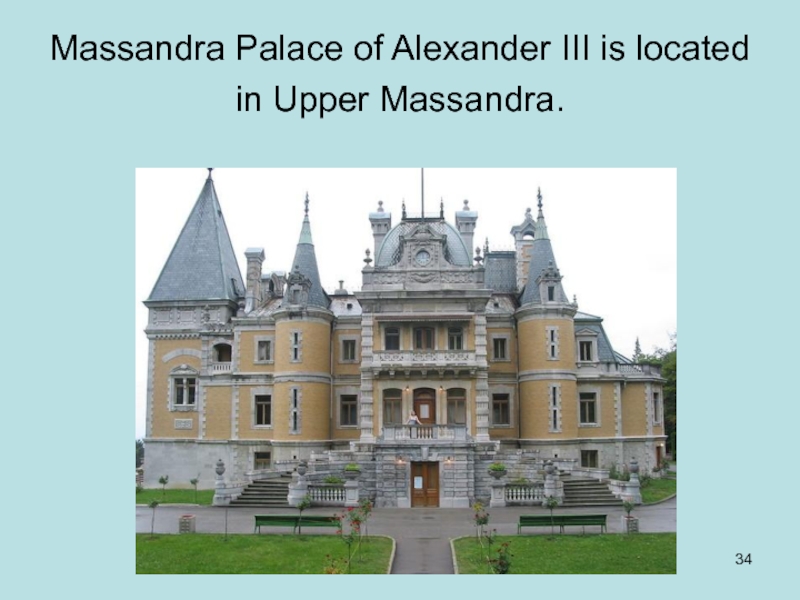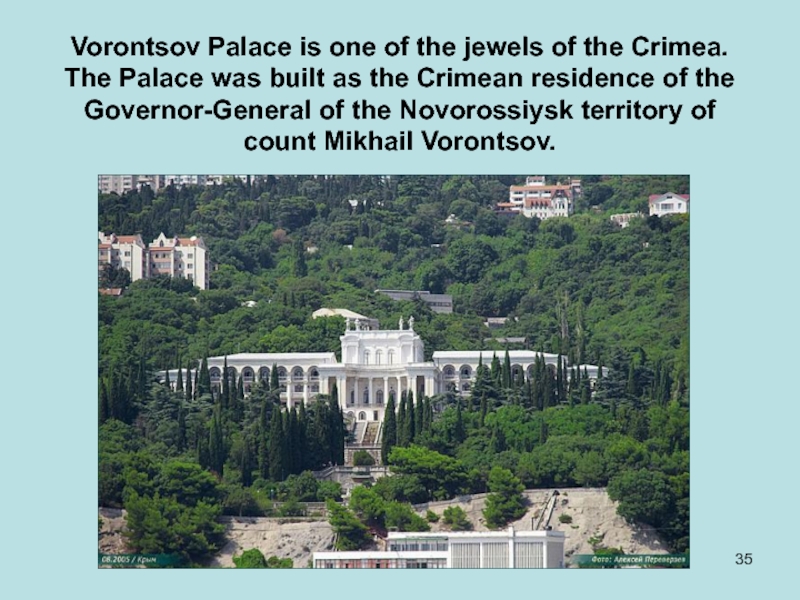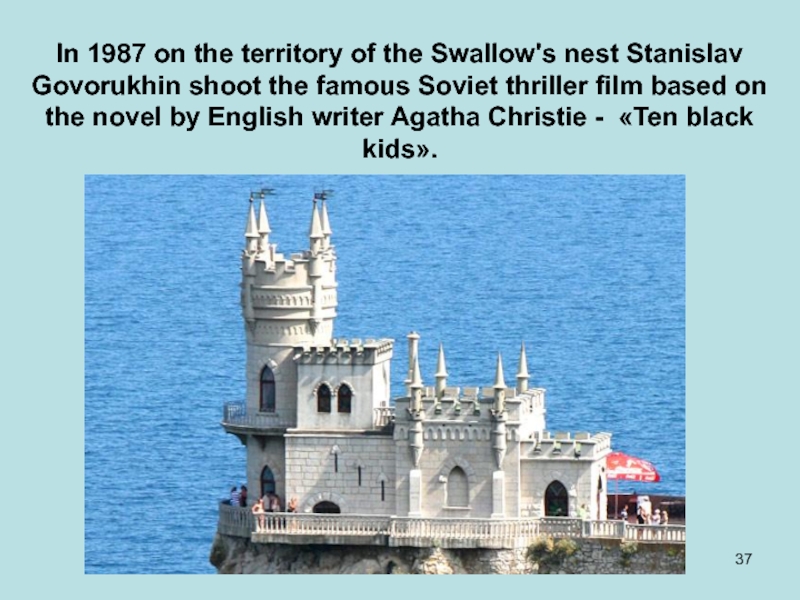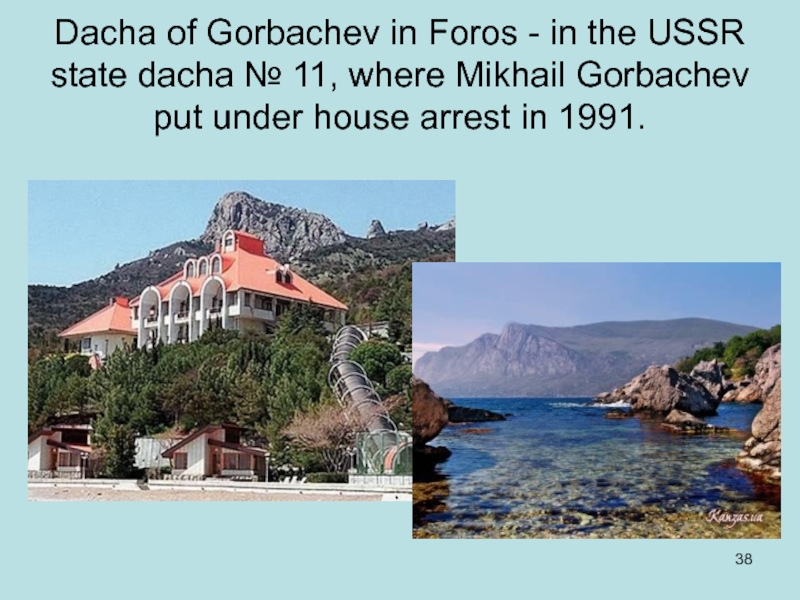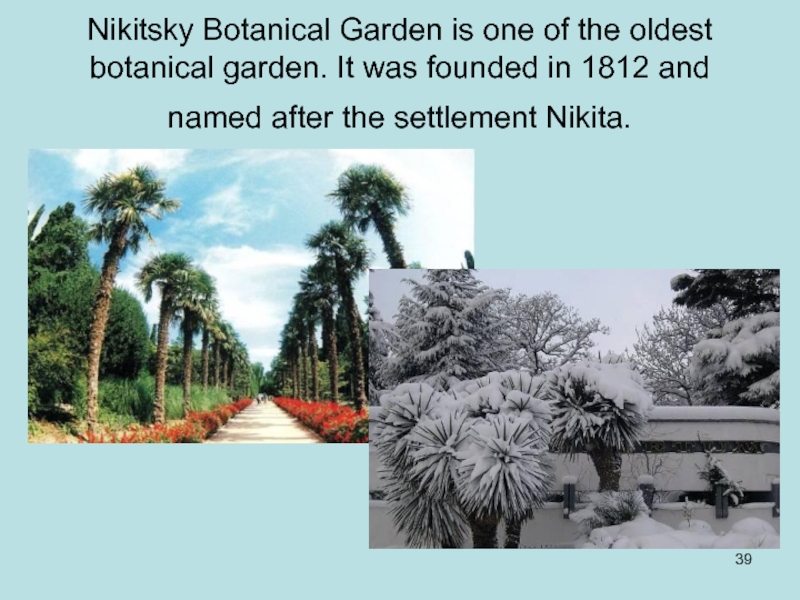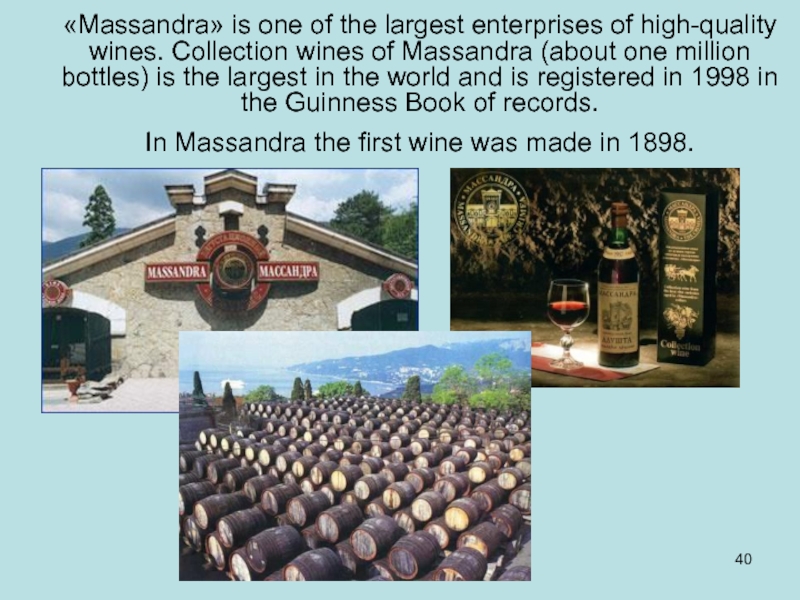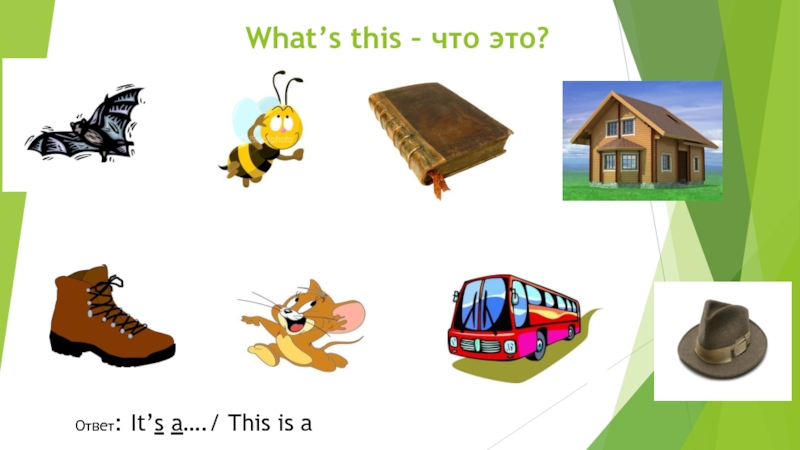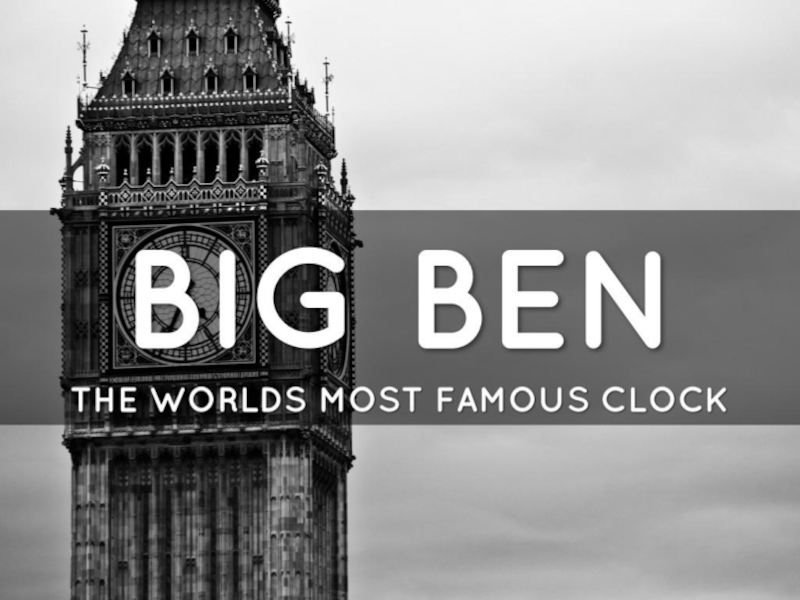- Главная
- Разное
- Образование
- Спорт
- Естествознание
- Природоведение
- Религиоведение
- Французский язык
- Черчение
- Английский язык
- Астрономия
- Алгебра
- Биология
- География
- Геометрия
- Детские презентации
- Информатика
- История
- Литература
- Математика
- Музыка
- МХК
- Немецкий язык
- ОБЖ
- Обществознание
- Окружающий мир
- Педагогика
- Русский язык
- Технология
- Физика
- Философия
- Химия
- Шаблоны, фоны, картинки для презентаций
- Экология
- Экономика
Презентация, доклад по английскому языку. The Crimea.
Содержание
- 1. Презентация по английскому языку. The Crimea.
- 2. Geography of Crimea
- 3. The Crimean Peninsula is completely surrounded by
- 4. The Crimea consists of two very different
- 5. Crimean mountains stretch from west to east for 180 km, their width-50-60 km.
- 6. Crimea mountains
- 7. Ayu-Dag (Medved-gora) is the peak in Crimea.
- 8. Ai-Petri (translated from Greek as Saint Peter)
- 9. The climate there is subtropical. the Crimean Mountains stop cold winds from the north.
- 10. The largest rivers – the Alma, the Belbek and the Black. the River Almathe River Belbek
- 11. According to the population of Crimea occupies
- 12. History of Crimea
- 13. Greek colonization of the Peninsula began in
- 14. In the summer of 1475 the Ottoman
- 15. The Russo-Turkish wars were a series of
- 16. The Black sea fleet of the Russia
- 17. During the Russian Civil War, Crimea was
- 18. March 18, 2014 Crimea (including the city of Sevastopol) joined to the Russian Federation.
- 19. Cities and tows
- 20. Simferopol is the administrative center of the
- 21. Sevastopol (the Greek name - Hersonissos) -
- 22. Sevastopol is the naval base of the Black Sea Fleet of the Russian Federation.
- 23. The largest international airport airport «Simferopol». Second international airport is Belbek.
- 24. In 1954 Sevastopol was awarded the order
- 25. Southern coast of Crimea is one of
- 26. Big Yalta includes Alupka, Gaspra, Gurzuf, Koreiz, Livadia, Massandra, Simeiz, Foros.
- 27. Evpatoria - one of the oldest cities
- 28. Sudak is well-known tourist resort and the centre of the wine industry.
- 29. Artek - international children's center in
- 30. The guests of «Artek» in different
- 31. Places of interest
- 32. Livadia Palace was a summer residence of the
- 33. Yalta Conference in February 1945 with (from
- 34. Massandra Palace of Alexander III is located in Upper Massandra.
- 35. Vorontsov Palace is one of the
- 36. The Swallow's Nest is a decorative castle
- 37. In 1987 on the territory of
- 38. Dacha of Gorbachev in Foros - in
- 39. Nikitsky Botanical Garden is one of the
- 40. «Massandra» is one of the largest enterprises
Geography of Crimea
Слайд 3The Crimean Peninsula is completely surrounded by two seas: the Black
Sea and the smaller Sea of Azov to the east.
Crimean peninsula was called Tauridia.
Слайд 4The Crimea consists of two very different parts — treeless steppe
of the Crimean Lowland in the northern and central parts, and the Crimean Mountains in the south.
Слайд 7Ayu-Dag (Medved-gora) is the peak in Crimea. The peak is located
16 km north-east from Yalta between the towns of Gurzuf and Partenit.
Слайд 8Ai-Petri (translated from Greek as Saint Peter) is a peak in
the Crimean Mountains. The peak is located above the city of Alupka and the town of Koreiz.
Слайд 11According to the population of Crimea occupies the 26th place among
subjects of the Russian Federation.
Russian – 60 % , Ukrainians – 25 %, Crimean Tatars -10%.
Bakhchysarai is the former capital of the Crimean Khanate.
Слайд 13Greek colonization of the Peninsula began in the 6th century B.C. They
built city-states: Panticapaeum, Feodosia, Kerkinitida, Hersonissos and Tiritaka.
Слайд 14In the summer of 1475 the Ottoman Turks landed in Crimea.
In 1478, the Crimean khanate became a protectorate of the Ottoman Empire. Since the end of XV century the Crimean Khanate carried out regular raids on Russian state and Poland. The main purpose of the raids was to capture slaves and their resale to the Turkish markets.
Слайд 15The Russo-Turkish wars were a series of wars fought between the
Russian Empire and the Ottoman Empire between the 16th and 20th centuries. It was one of the longest series of conflicts in European history.
In total, 11 Russia-Turkish wars cover a period 241 year.
Слайд 16The Black sea fleet of the Russia created after the joining
of Crimea.
The Russo-Turkish war of 1768-74 years marked the end of Ottoman domination in Crimea.
Слайд 17During the Russian Civil War, Crimea was controlled by the White
Army. After they were defeated by the Red Army, Crimea became part of the Soviet Russia.
In the Second World War the peninsula was occupied by Nazi Germany for several years.
In 1954, it was transferred to the Ukrainian Soviet Socialist Republic within the Soviet Union. In 1991, it became part of independent Ukraine.
In the Second World War the peninsula was occupied by Nazi Germany for several years.
In 1954, it was transferred to the Ukrainian Soviet Socialist Republic within the Soviet Union. In 1991, it became part of independent Ukraine.
Слайд 20Simferopol is the administrative center of the Republic of Crimea. The
population is about 360 000 people.
Слайд 21Sevastopol (the Greek name - Hersonissos) - a city located in
the south-west of the Crimean peninsula on the Black Sea coast. Laid by the decree of Russian Empress Catherine II in 1783.
Слайд 23The largest international airport airport «Simferopol». Second international airport is Belbek.
Слайд 24In 1954 Sevastopol was awarded the order of the Red Banner,
in 1965 the city was awarded the title hero City, and in 1983 was awarded the Order of October Revolution.
Слайд 25Southern coast of Crimea is one of the most important and
popular resort areas in former USSR includes the cities-resorts Alupka, Yalta, Alushta, Sudak and the numerous settlements.
Слайд 27Evpatoria - one of the oldest cities in the South of
Russia. Near Evpatoria there are a number of salt lakes with mineralized water of different chemical composition.
Слайд 29 Artek - international children's center in Crimea. Located in Gurzuf. In
the past, it was the most famous pioneer camp of the USSR.
Слайд 30 The guests of «Artek» in different years were Leonid Brezhnev, Yuri
Gagarin, Indira Gandhi, Nikita Khrushchev, Palmiro Togliatti, Ho Chi Minh, Valentina Tereshkova, Lev Yashin.
Слайд 32Livadia Palace was a summer residence of the last Russian tsar, Nicholas II.
The Yalta Conference was held there in 1945, when the palace housed Franklin Delano Roosevelt and other members of the American delegation. Today the palace is a museum, but it is sometimes used for international summits.
Слайд 33Yalta Conference in February 1945 with (from left to right) Winston
Churchill, Franklin D. Roosevelt and Joseph Stalin.
Слайд 35 Vorontsov Palace is one of the jewels of the Crimea. The
Palace was built as the Crimean residence of the Governor-General of the Novorossiysk territory of count Mikhail Vorontsov.
Слайд 36The Swallow's Nest is a decorative castle located at Gaspra, a
small town between Yalta and Alupka. It was built between 1911 and 1912 , on top of the 40-metre high Aurora Cliff by the Russian architect Leonid Sherwood for the Baltic German oil millionaire Baron von Steingel.
Слайд 37 In 1987 on the territory of the Swallow's nest Stanislav Govorukhin
shoot the famous Soviet thriller film based on the novel by English writer Agatha Christie - «Ten black kids».
Слайд 38Dacha of Gorbachev in Foros - in the USSR state dacha
№ 11, where Mikhail Gorbachev put under house arrest in 1991.
Слайд 39Nikitsky Botanical Garden is one of the oldest botanical garden. It
was founded in 1812 and named after the settlement Nikita.
Слайд 40«Massandra» is one of the largest enterprises of high-quality wines. Collection
wines of Massandra (about one million bottles) is the largest in the world and is registered in 1998 in the Guinness Book of records.
In Massandra the first wine was made in 1898.

